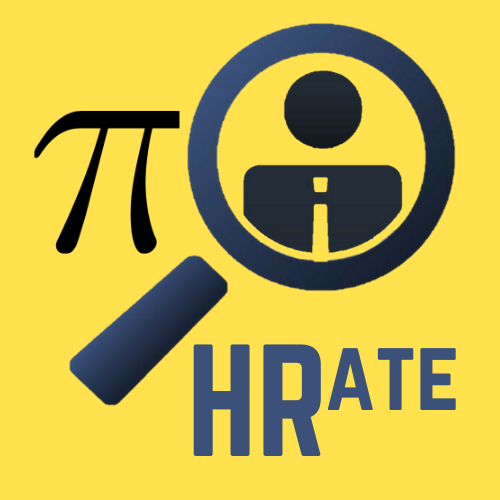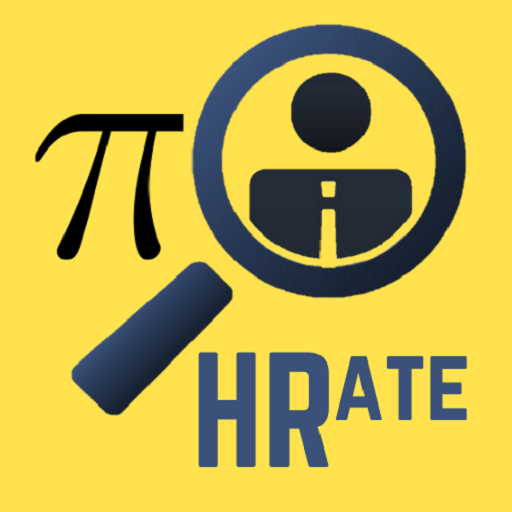Workforce Analytics involves the use of data and statistical analysis to gain insights into workforce trends, performance, and the overall effectiveness of human resources (HR) and recruitment processes. It leverages data-driven techniques to understand, predict, and optimize various aspects of workforce management, including recruitment, retention, employee engagement, and productivity. Workforce analytics plays a crucial role in making informed decisions, improving HR strategies, and aligning workforce planning with organizational goals.
Key Components:
- Data Collection:
- Workforce analytics relies on the collection of relevant data, including employee demographics, performance metrics, recruitment sources, employee engagement surveys, and other HR-related information.
- Statistical Analysis:
- Statistical methods and algorithms are applied to analyze the collected data, uncover patterns, correlations, and trends. This analysis helps in identifying factors influencing workforce dynamics.
- Predictive Modeling:
- Predictive analytics is often employed to forecast future workforce trends, such as turnover rates, talent demand, and skill gaps. This allows organizations to proactively address challenges.
- Recruitment Optimization:
- Workforce analytics assists in optimizing recruitment strategies by evaluating the effectiveness of different sourcing channels, assessing time-to-fill metrics, and improving the quality of hires.
- Performance Management:
- It aids in evaluating and optimizing employee performance by analyzing key performance indicators (KPIs), identifying top performers, and addressing areas for improvement.
- Retention Strategies:
- By analyzing turnover patterns and identifying contributing factors, organizations can develop targeted retention strategies to retain high-performing employees.
- Employee Engagement:
- Workforce analytics helps in measuring and improving employee engagement by assessing factors such as satisfaction, motivation, and workplace culture.
- Strategic Workforce Planning:
- Strategic planning involves using analytics to align the workforce with organizational goals, identify future skill requirements, and ensure the availability of talent to meet business objectives.
- Cost Management:
- By analyzing workforce data, organizations can manage costs effectively, optimize compensation structures, and allocate resources efficiently.
- Compliance and Diversity:
- Workforce analytics assists in monitoring compliance with regulations, diversity metrics, and creating inclusive workplaces by identifying areas for improvement.
Benefits:
- Informed Decision-Making:
- Workforce analytics provides HR professionals and leaders with data-driven insights, enabling them to make informed decisions aligned with organizational objectives.
- Efficiency and Productivity:
- Optimizing workforce processes based on analytics can lead to increased efficiency, productivity, and overall organizational performance.
- Talent Management:
- It facilitates effective talent management by identifying high-potential employees, addressing skill gaps, and ensuring the right talent is in place for critical roles.
- Proactive Problem-Solving:
- Predictive analytics allows organizations to anticipate workforce challenges and proactively address issues such as turnover, skill shortages, or performance gaps.
- Strategic Alignment:
- Workforce analytics helps align HR strategies with broader business objectives, contributing to organizational success and competitiveness.
- Continuous Improvement:
- By regularly analyzing workforce data, organizations can continuously refine their HR and recruitment strategies for ongoing improvement.
Workforce analytics is a valuable tool for organizations seeking to optimize their HR and talent management practices. It empowers decision-makers with actionable insights, enabling them to enhance recruitment processes, foster employee engagement, and strategically align the workforce with organizational goals.



